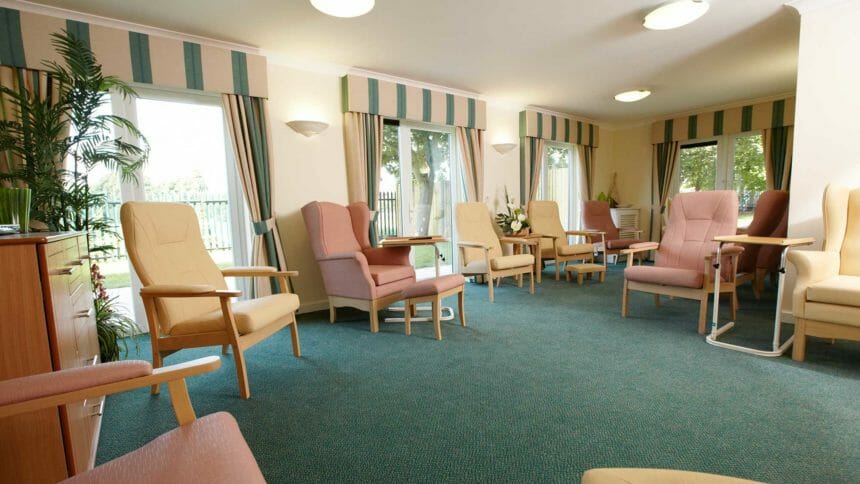
Occupancy downturns are continuing, even as many senior living operators begin accepting new residents. It’s a sign that the industry still has a long, slow recovery ahead, according to a report Tuesday in the Wall Street Journal.
Based on a survey of 150 operators conducted the week ending June 8 by the National Investment Center for Seniors Housing & Care, between 19% and 22% of organizations reporting on their independent living, assisted living and memory care segments indicated that the pace of move-ins had accelerated in the past 30 days. That’s a vast improvement from the 3% to 8% that reported move-in accelerations a month earlier.
Still, many seniors and their families are concerned that they may be more susceptible to catching COVID-19 within congregate seniors housing than living by themselves or with family members. Many also are reluctant to move in as visitor restrictions to these communities continue.
Chicago-based Ventas reported June 19 that although move-ins within its seniors housing portfolio of operations had risen, overall occupancy had dropped to 80.7% as of June 11, down from 85.5% on April 2.
Meanwhile, Irvine, CA-based Healthpeak Properties said at the end of May that 78% of its communities were accepting move-ins, compared to 45% in late April. Occupancy among the REIT’s seniors housing portfolio fell to 79.5% as of May 31, a drop of 190 basis points from April 30.
Michael Carroll, an analyst at RBC Capital Markets, told the WSJ that conditions facing the industry were improving, but he predicted that occupancy declines would likely continue at a “modest” level in the near term.
“The virus is so unpredictable, there’s not a lot of ability to have confidence on what will happen in the next several months,” he said.




